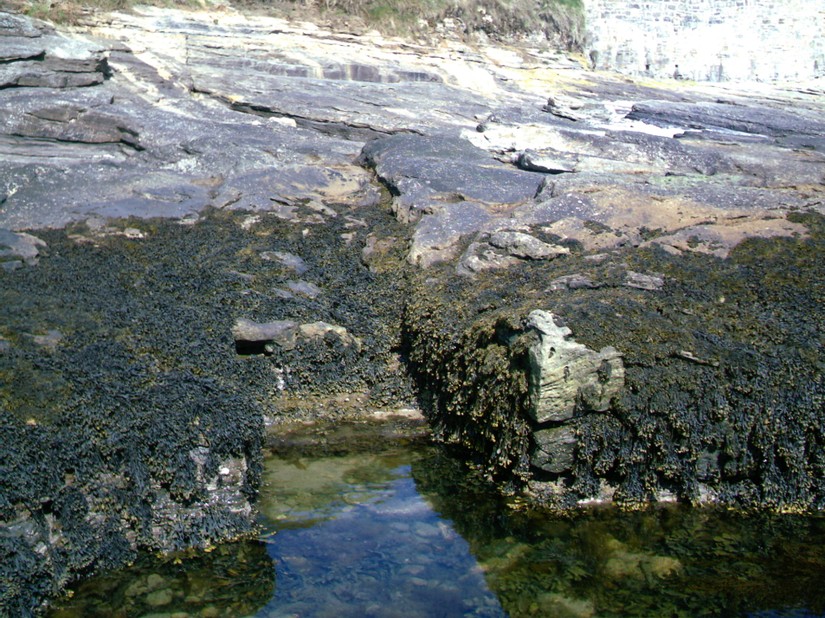Howick: A remote coastline with a long history
14/07/2016 | Megan Clement
Howick is a small hamlet on the Northumberland coastline, with a surprisingly long history; including Mesolithic settlements, Iron Age hillforts and 20th century shipwrecks. The foreshore today at Howick is mainly used for recreation, with numerous walkers utilising it. However, what not everyone knows is that this part of the coast was once used as recreation for a very famous family.

It is mostly known for is its association with the Grey family; in particular the 2nd Earl Grey, Charles Grey (1764 – 1845), who was at one time Prime Minster (1830 - 1834) and who the tea is named after. His family home was Howick Hall, which is still home of Lord Howick now, and in the 19th century he built a Bathing House at the beach here for his family. Charles Grey had 15 children with his wife Mary, and after an unhappy childhood at school in Eton, the Earl insisted on his children being home-schooled and built the Bathing House to help with outdoor learning. He had two rock-cut pools constructed on the foreshore below the Bathing House. The Bathing House and the steps cut into the rocks down to one of the pools are both Grade II listed structures. The pool directly below the Bathing House has a rock-cut channel which feeds the pool with fresh seawater.


The second pool has what appears to be a rock-cut seating area and interestingly rock-cut postholes and metal hooks which were used to erect a canopy.


Curiously, CITiZAN have discovered a third rock-cut bathing pool approximately 0.5km from the ones associated with Earl Grey’s family. No further historical links have been discovered for it, and no evidence has suggested it is linked to the Earl Grey, other than its proximity. But the survey recently conducted by CITiZAN and a small group of volunteers has record a set of steps down into the pool and a slope cut into the rocks there to assist the filling process.



From the location of the pool, the remains of the Tadorne can been seen, which was a French fishing trawler, on its way to Iceland, when it was wrecked in 1913. Of the 30 men aboard, 25 of the crew were saved by the Boulmer lifeboat crew. A memorial to the men who lost their lives can be found in the graveyard of Howick Church, and was paid for by the Grey’s. At the inquest into what had happened, Lady Howick’s French maid acted as an interpreter; recently one of her descendants attended the 100 year anniversary of the tragedy, along with representatives of the French Navy.

Another tragedy along this coastline, which has left indications, is that of a British Submarine, a G11, which tragically struck rocks on the 22nd November 1918, after overshooting its destination at the Port of Blyth. After striking rocks, the decision was made to abandoned the vessel, but unfortunately two of the crew were lost in the perilous conditions. The submarine itself remains as a feature on the coast for some time, before being salvaged prior to the Second World War and eventually blown up. What remains now is the escape hatch of the submarine and several metal fragments litter the rocky foreshore.

One of the most surprising find from the training events, was the appearance of the submerged forest located there. After several previous visits to Howick, the submerged forest has not visible due to sand coverage; but the appearance shows clearly how changeable and unpredictable the archaeology in the intertidal zone can be. With such a richly archaeological foreshore CITiZAN will return to record more of this fascinating foreshore.










